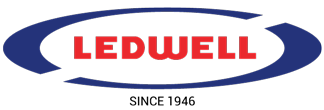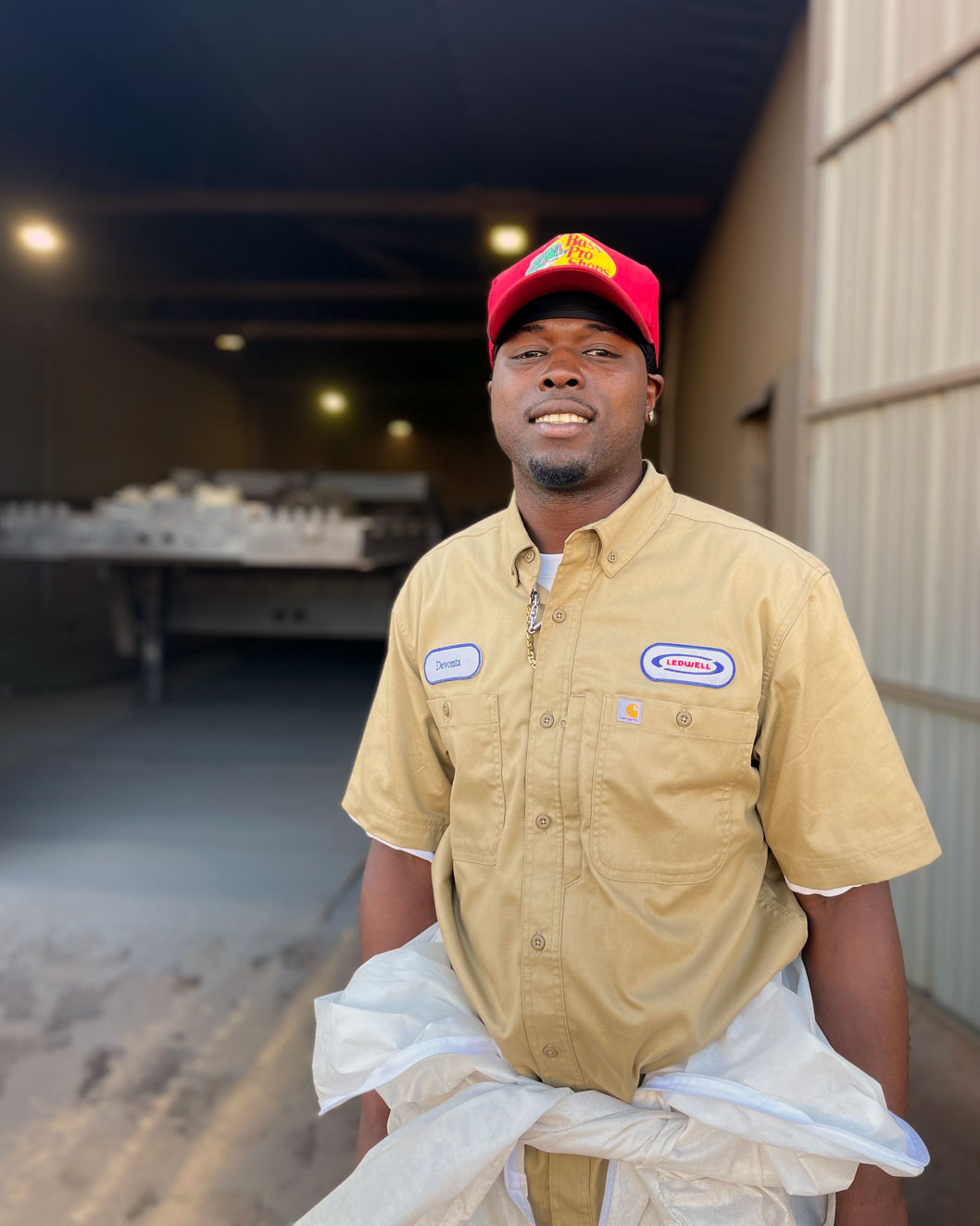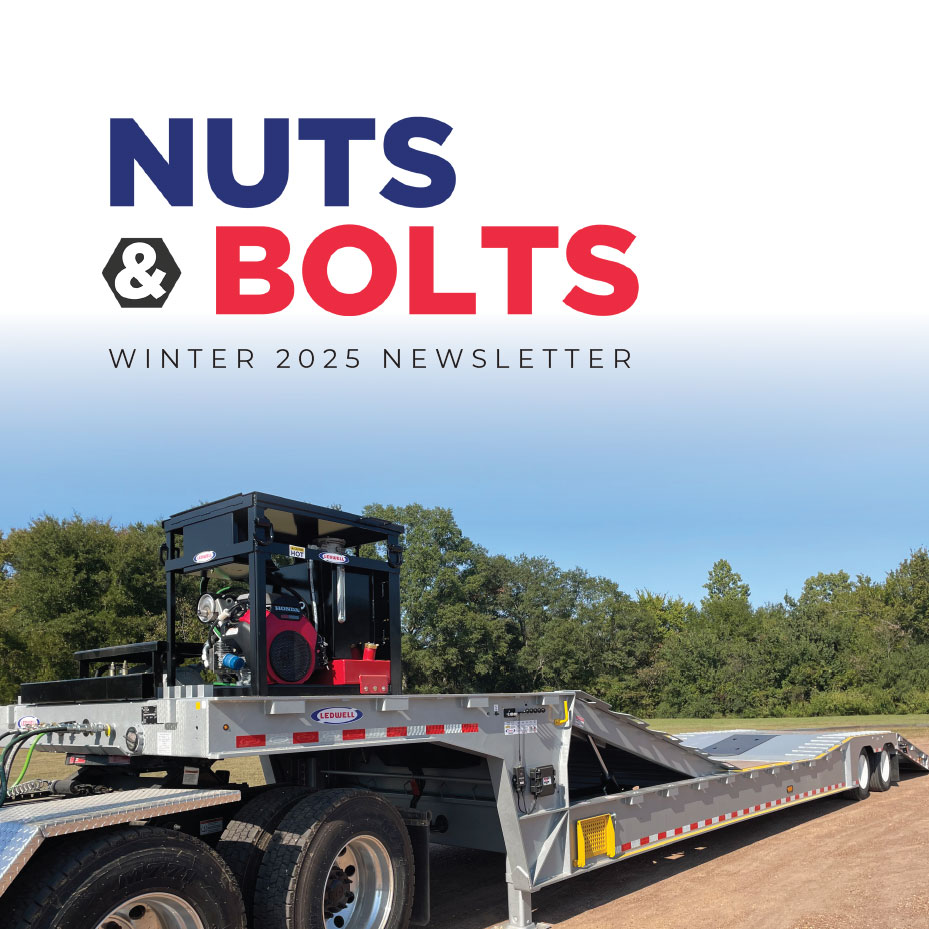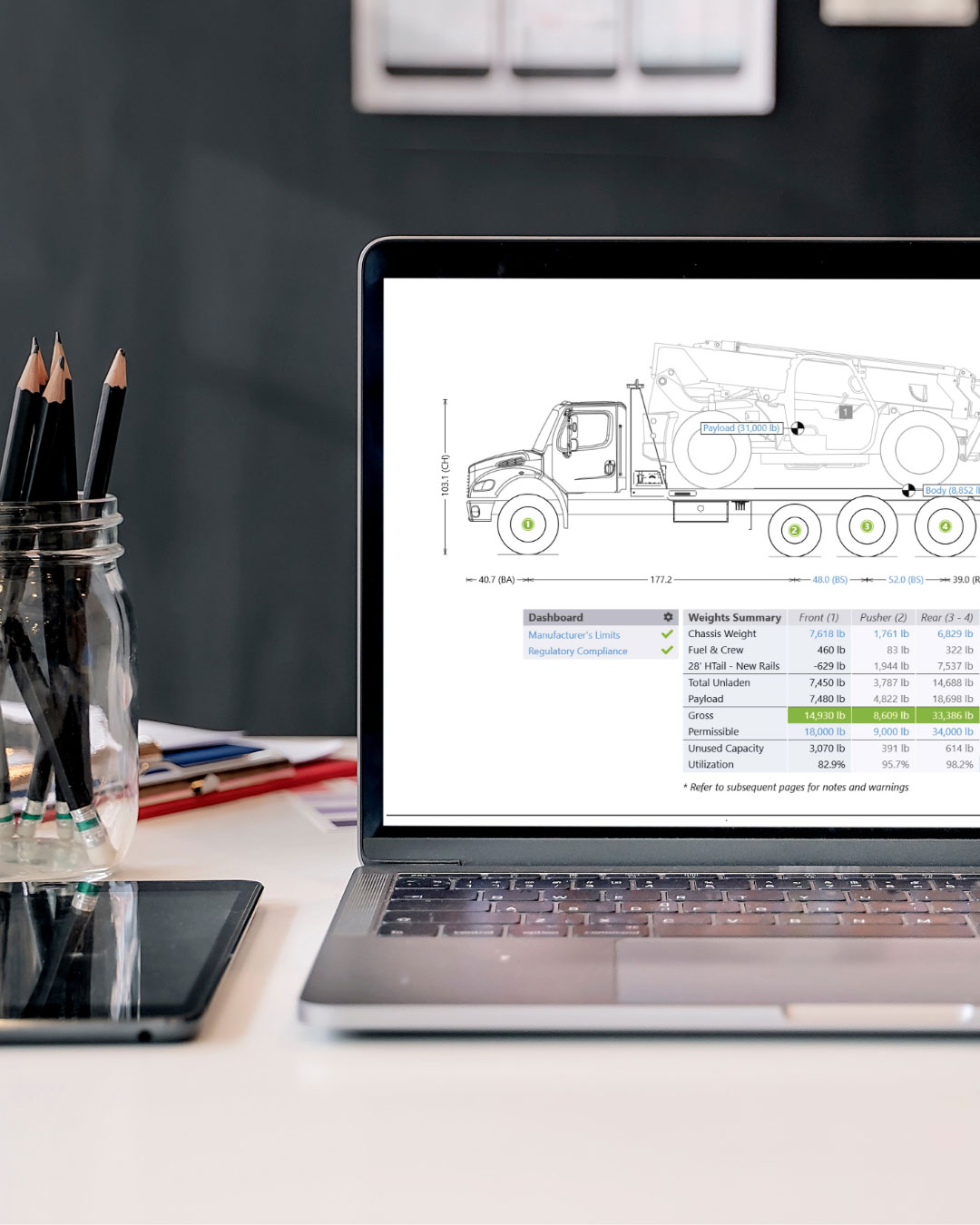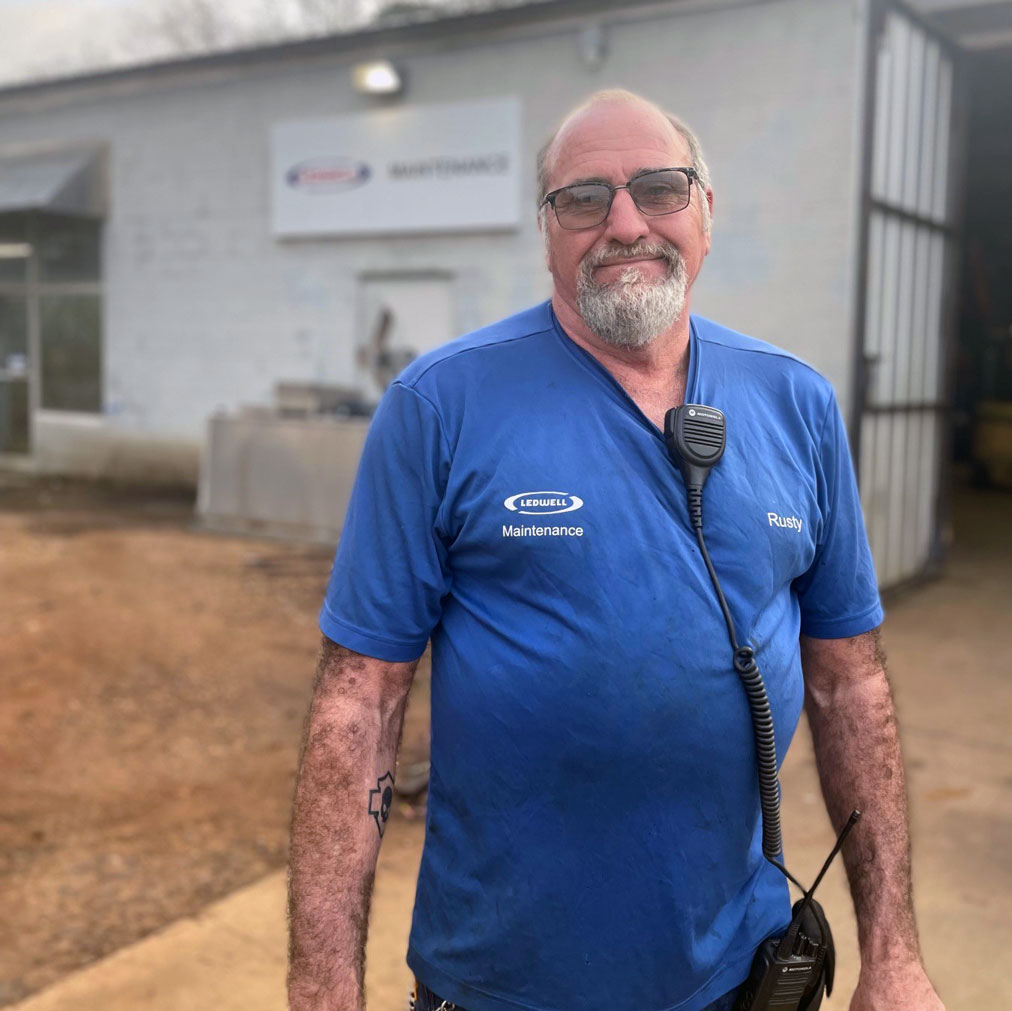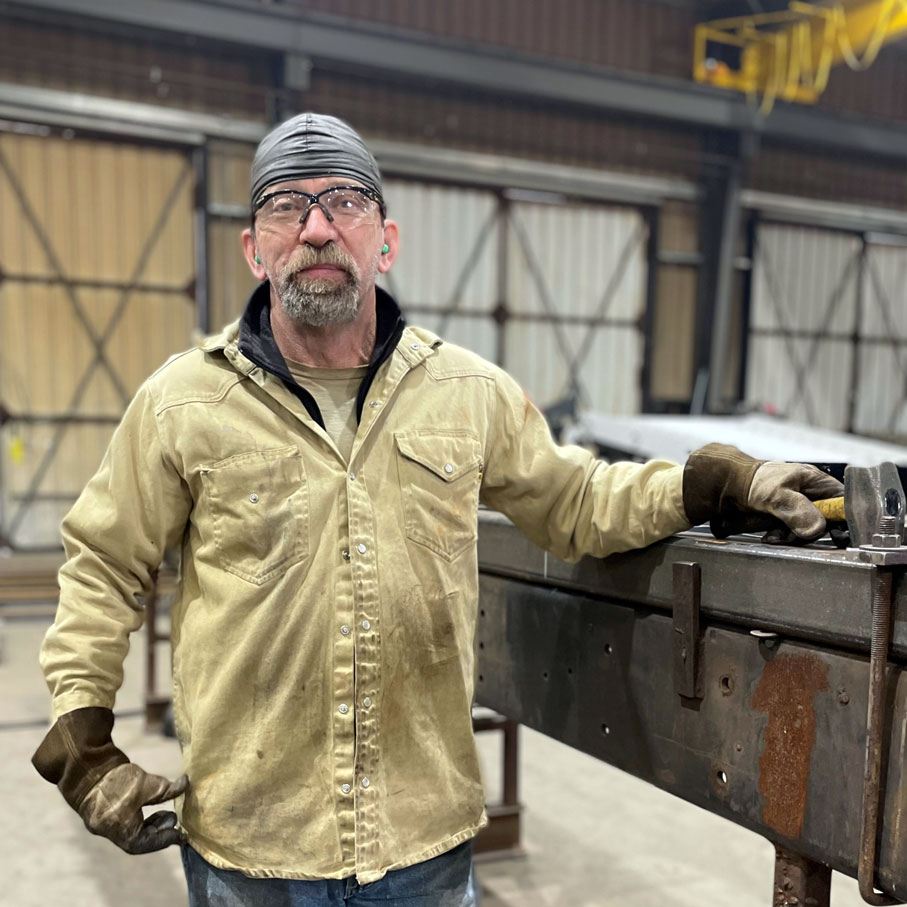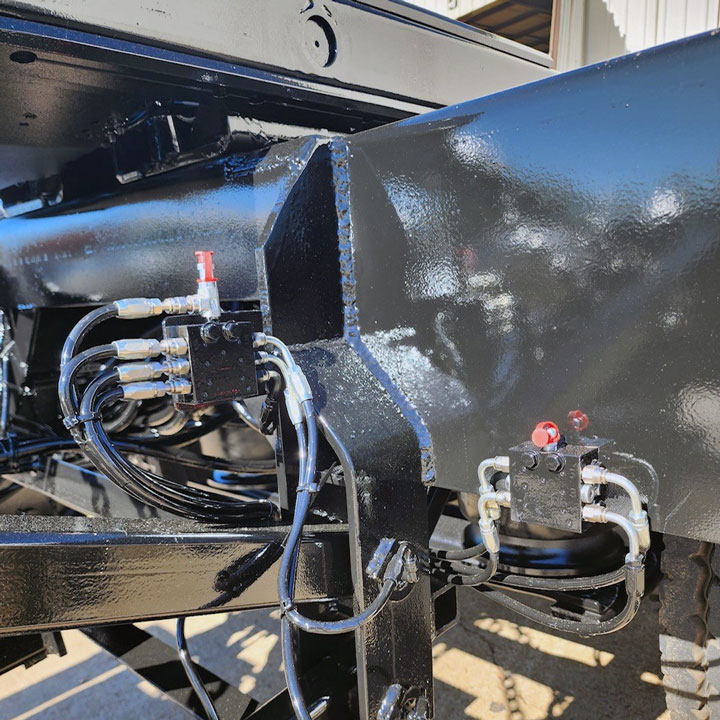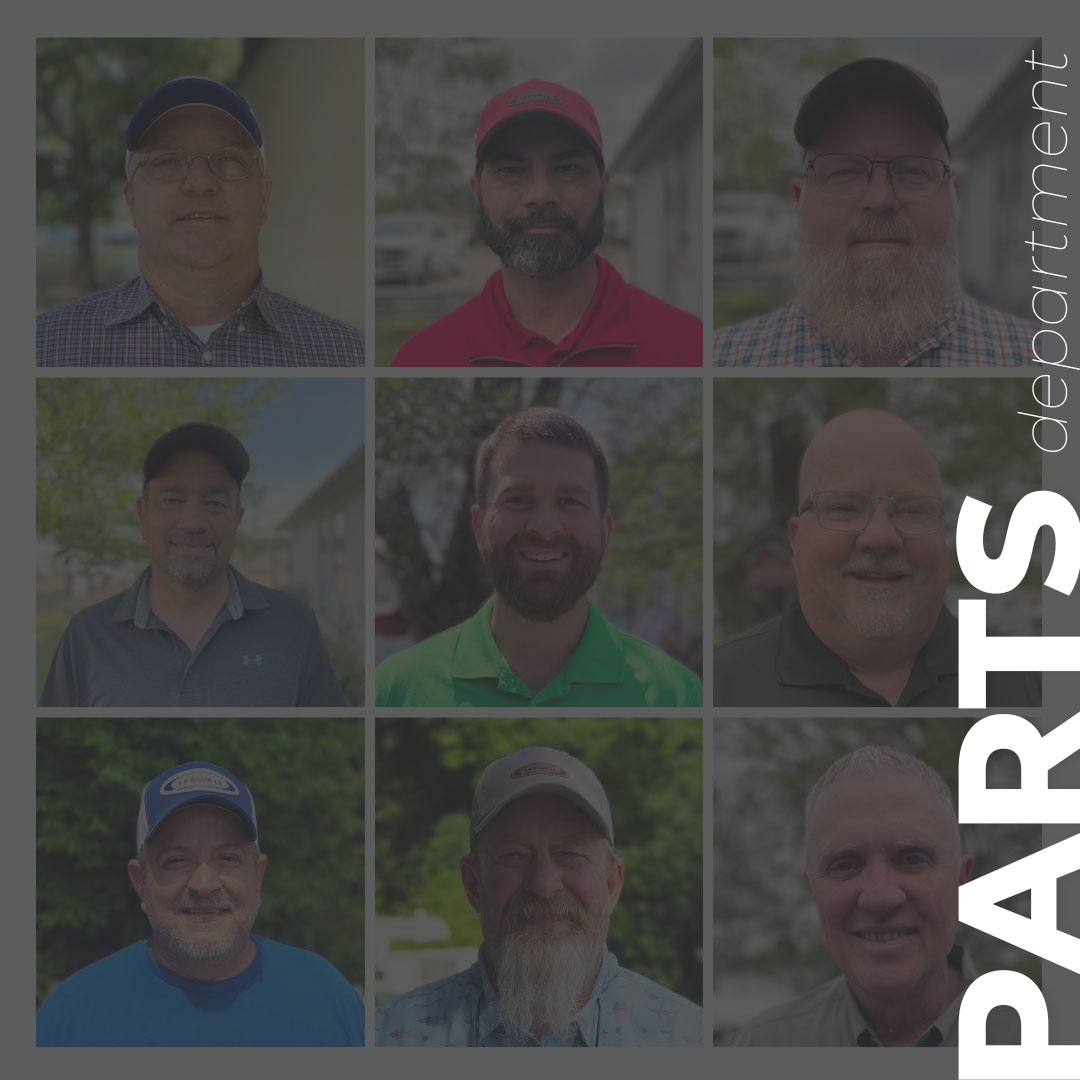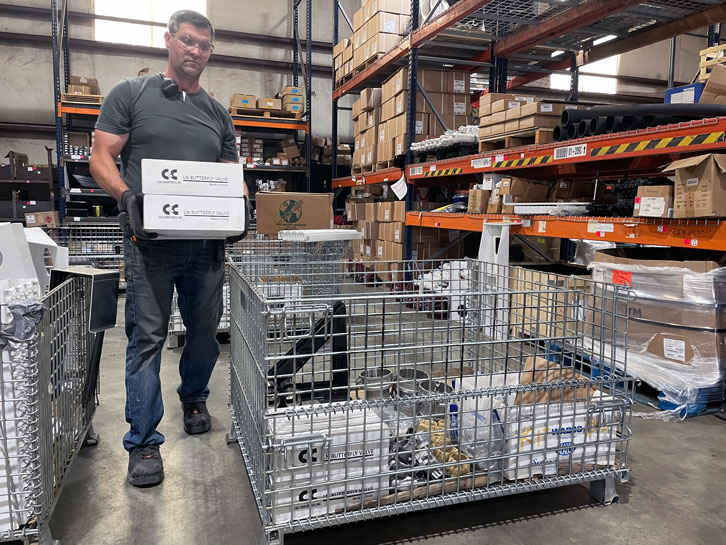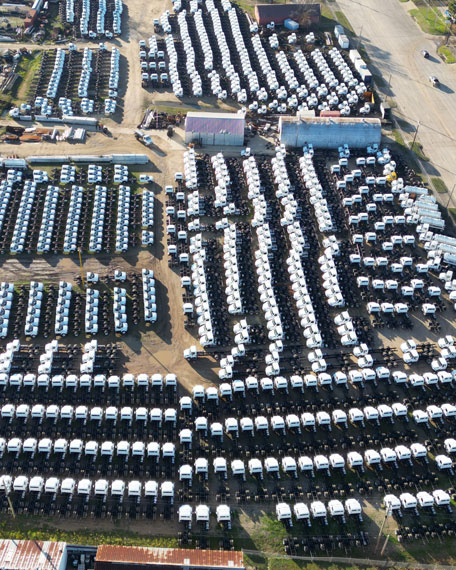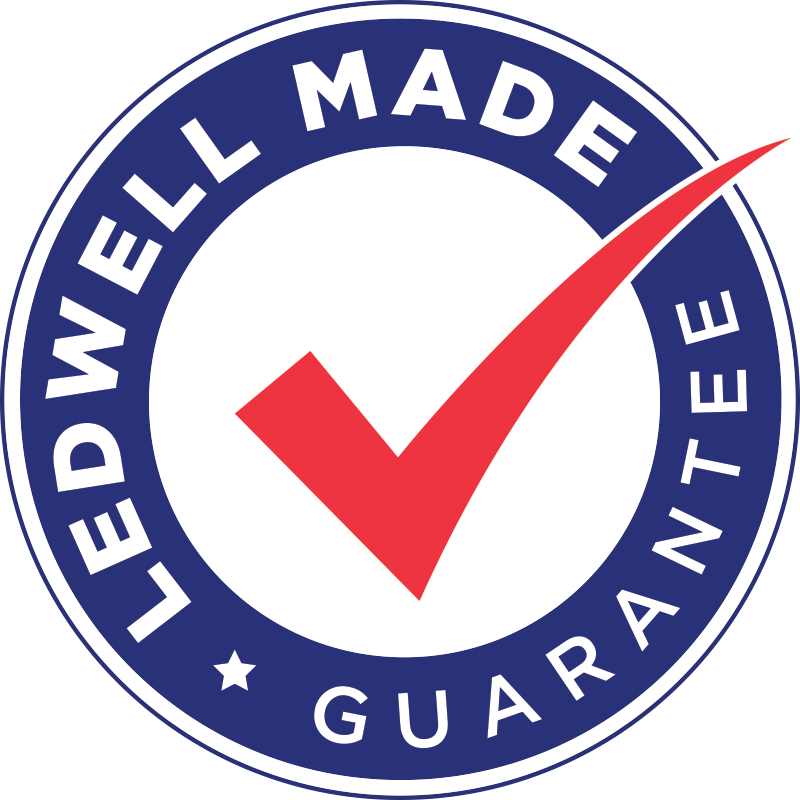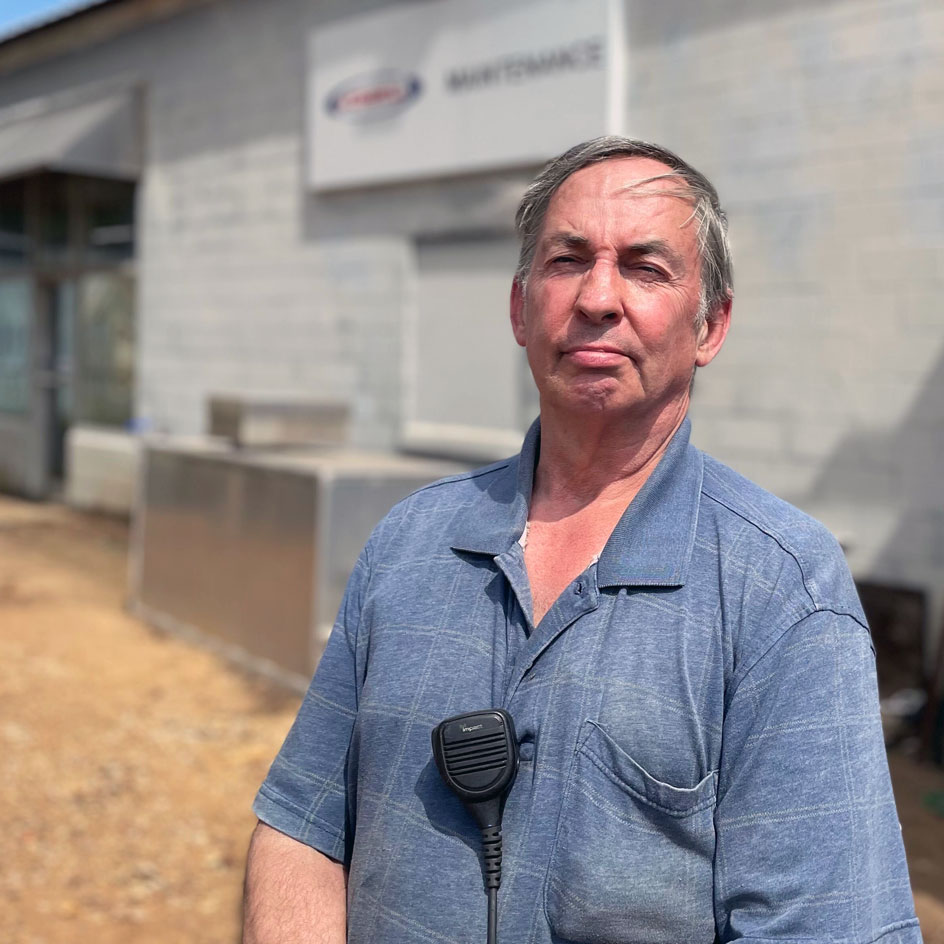
Since 2005, John Williams has been a key part of the Ledwell team. He came in ready to take on tough jobs, and from day one, he’s been our go-to for electrical maintenance. His work keeps us moving and speaks volumes about his dedication to doing things right.
Installing cranes is one of John’s favorite tasks. He’s wired and programmed nearly 40 of them over the years, each one built to make life easier and safer for our team. You can see the pride in his craftsmanship every time a crane fires up without a hitch.
John’s work comes with challenges, especially when electrical problems pop up without warning. But he doesn’t back down. His ability to troubleshoot fast and get equipment back online shows just how much he values quality, reliability, and keeping the job on track.
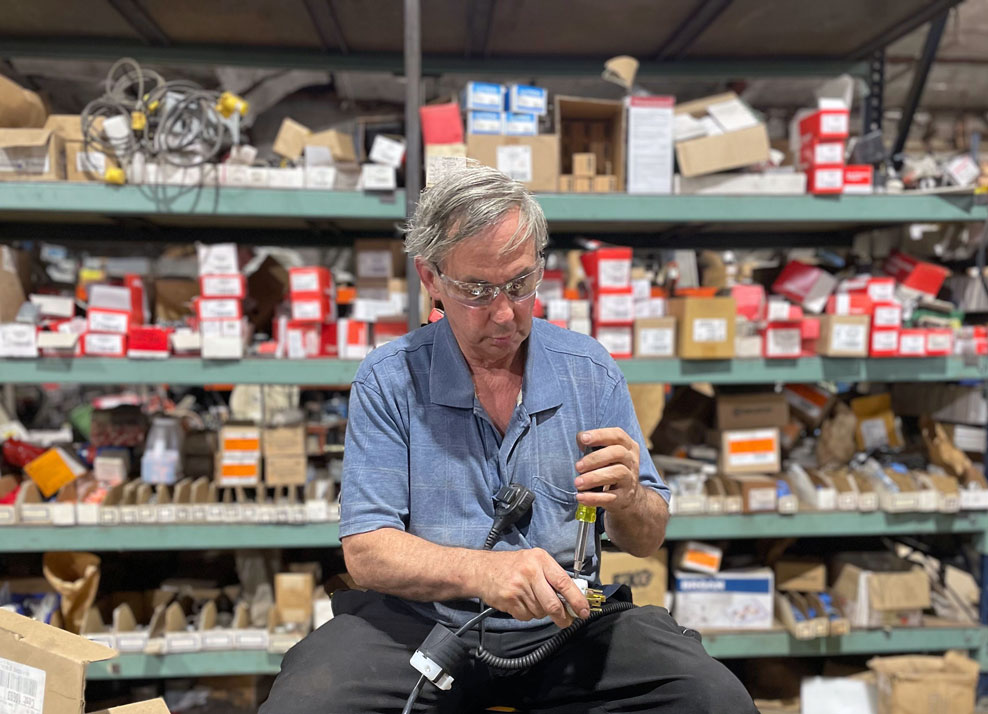
Before Ledwell, John spent ten years in the Navy, serving our country with the same discipline and purpose he brings to his role today. That experience shaped his sharp attention to detail and his steady, no-nonsense approach.
When he’s off the clock, John enjoys a quieter kind of precision, caring for his aquariums. He keeps angel fish and tiger barbs, along with coral he collected while stationed near the Indian Sea. It’s a passion that reflects his deep respect for life and balance.
At the core of everything John does is his faith. “Knowing someone is there to carry the weight of the world for you is so inspiring,” he says. It’s that belief that helps him stay grounded and focused, no matter what comes his way.
John Williams isn’t just a skilled electrician; he’s a steady hand, a quiet leader, and a living example of what it means to be Ledwell Made. We’re proud to have him on the team and even prouder of the legacy he continues to build every day.
